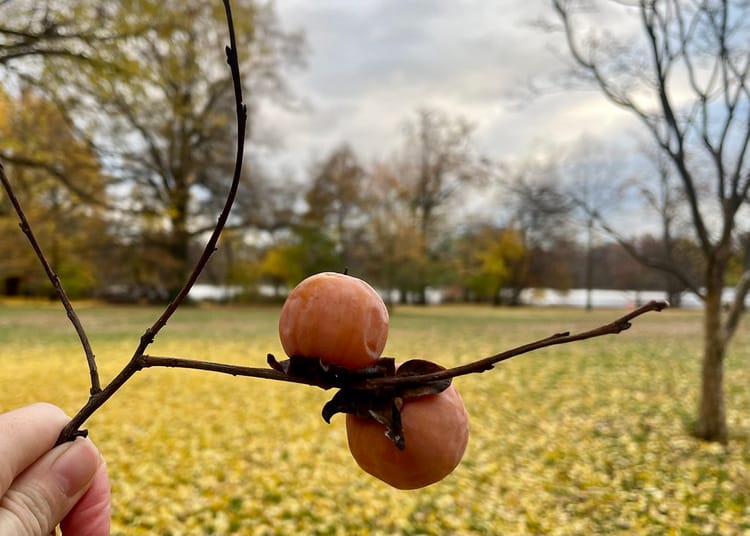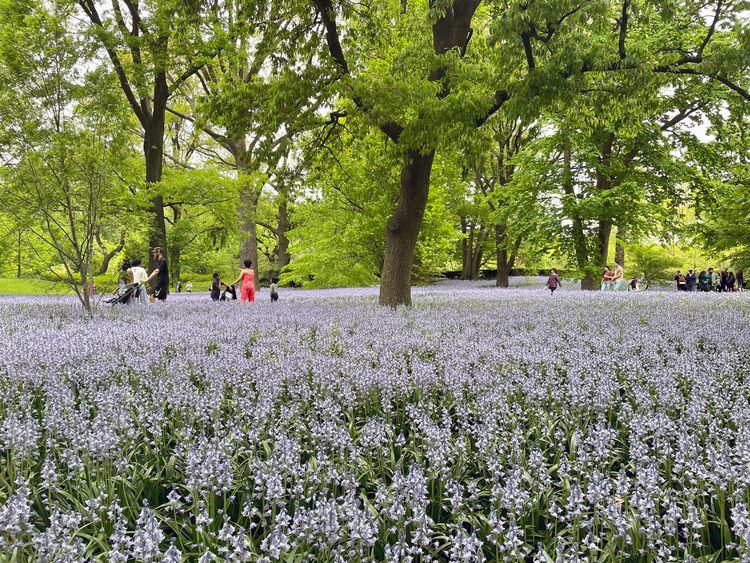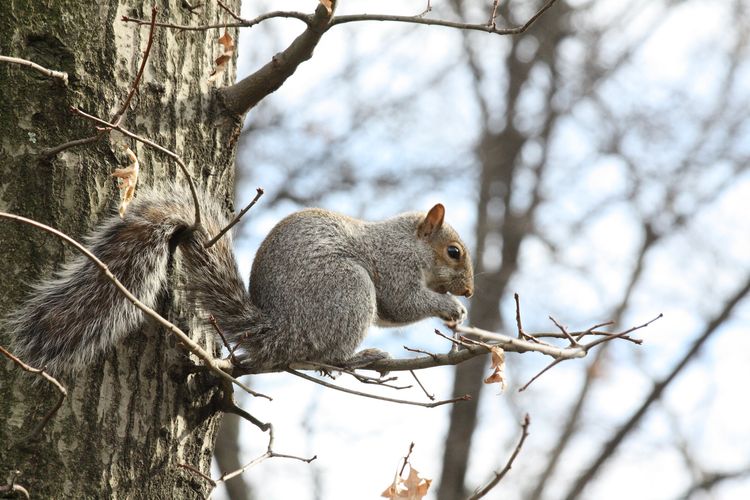Invasive Trees Enchant with Regal Blooms

Delicate Chinese porcelain was once packed with the winged seeds of the Paulownia tomentosa; when imported crates and boxes were opened, the seeds took flight and nestled in the places no other trees would grow. They grew fast and ferociously, a quality that made them prized until their persistent proliferation was revealed. Each autumn, they released more seeds, millions of them, that dispersed in the water and air.
They now root over New York’s subway tracks and along its polluted industrial canals. They thrive in vacant lots and against chain-link fences; their trunks burst through sidewalk cracks. They shade rubble and garbage and forgotten shores with their big heart-shaped leaves. Their ability to flourish anywhere makes them a perfect fit for the city, yet their tenacity can also disrupt native ecosystems.
Loathed for this stubborn invasiveness, the paulownias—sometimes called princess or empress trees—have their metamorphosis in spring. Although widely detested, across the city, these humble trees are now suddenly the most beautiful on the block; their branches bloom with clouds of foxglove-like purple blossoms. Notice them before the trees vanish again into their likely derelict surroundings. Smell the fragrant flowers with their whiff of vanilla. They are here to stay.

- Some of New York City’s empress trees have been deliberately cultivated, probably planted before their unruly nature was revealed, and you can find specimens in the Brooklyn Botanic Garden and New York Botanical Garden (where one two-trunked paulownia is an official Great Tree of NYC).
- The eponymous tree of A Tree Grows In Brooklyn is the Ailanthus, another stubborn invasive, sneeringly known as the stinking sumac, or in more unsharpened parlance, the stink tree. It was first welcomed to our streets, with pricey saplings on offer from the Prince Nursery in Flushing. Only later did it grow into a weed tree, a symbol of defiance amidst struggle, a tree that “liked poor people,” according to author Betty Smith. Honor the Ailanthus’ cantankerous determination and when next you meet an obstacle, grow around it.
- “Life Between Buildings” is the name of a new exhibition coming to MoMA PS1 on June 2, 2022. It aims to explore the negative spaces between the city’s architecture—the odd triangles and obstinate fractures sprouting amidst the right angles of building facades and asphalt. Those spaces support life, sometimes with encouragement, sometimes in spite of our best efforts. Visit the exhibition, tell us what you think, and appreciate something growing where it shouldn’t be.




